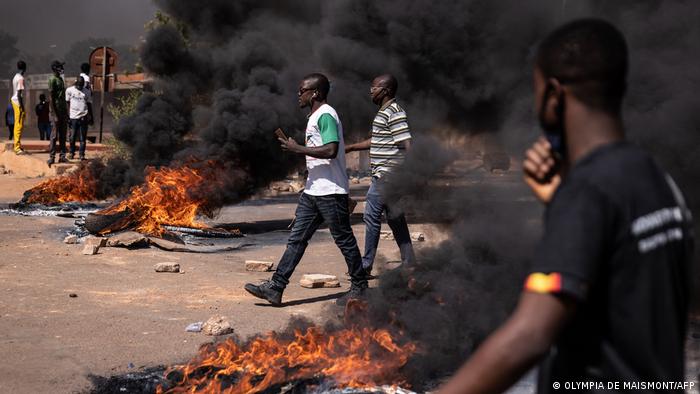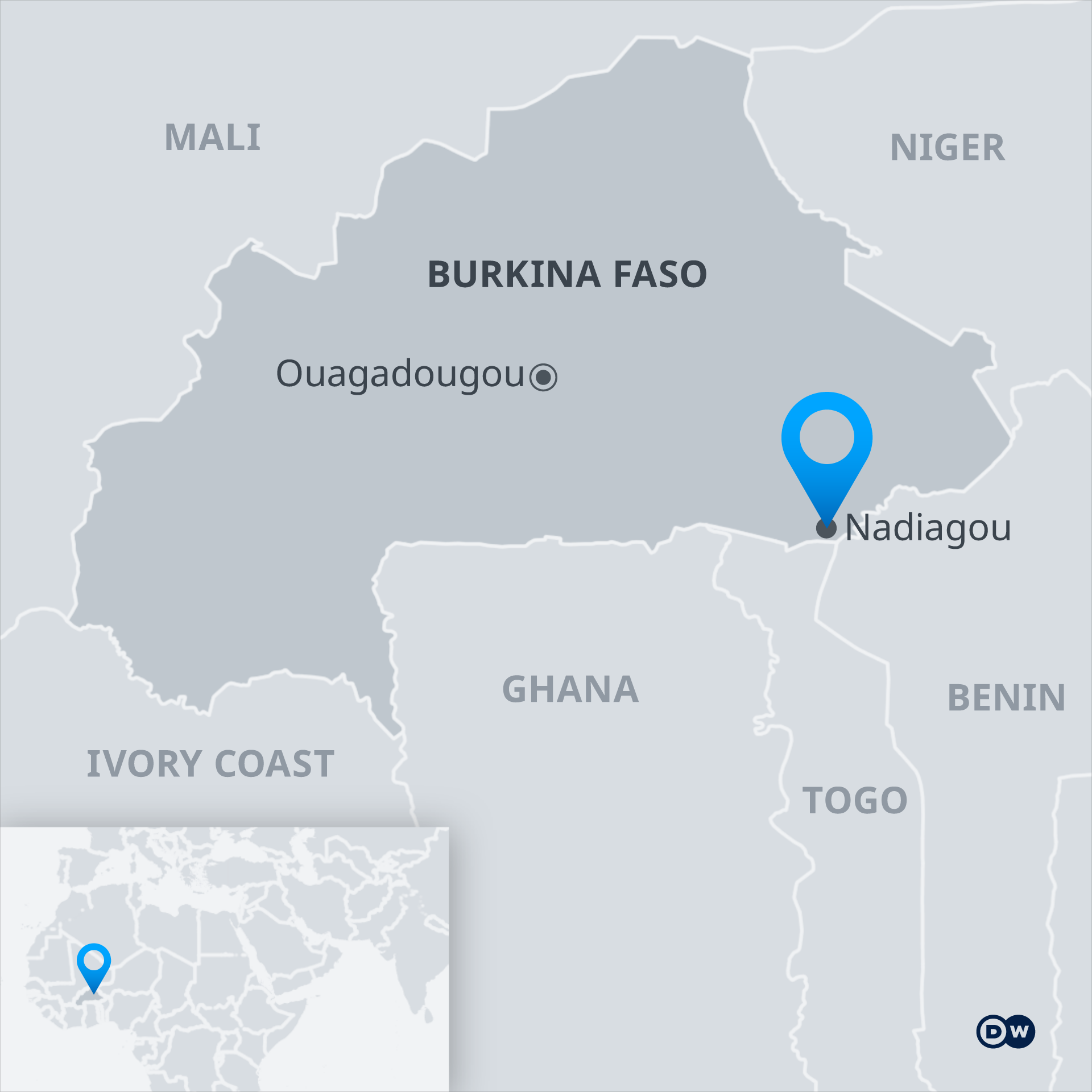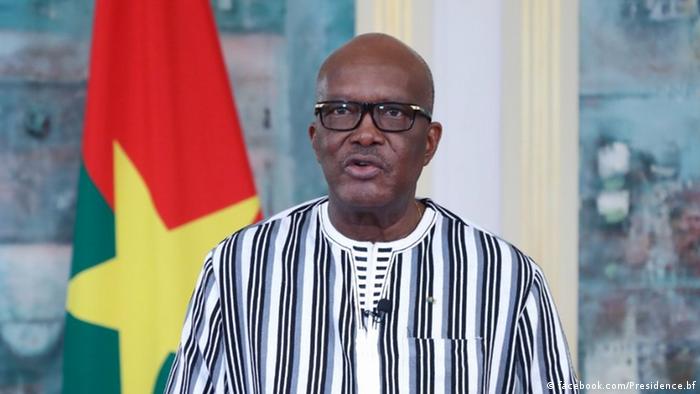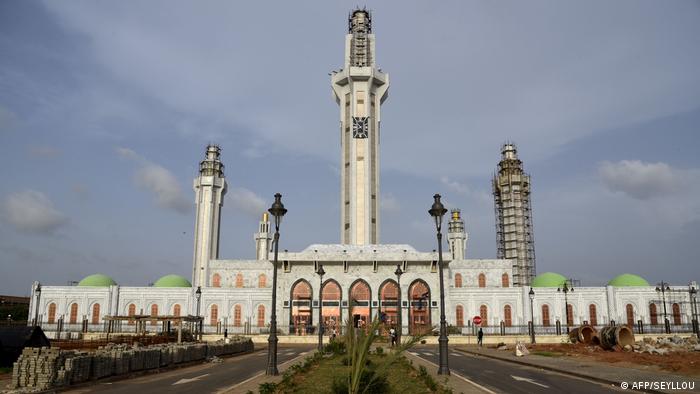Bryn Hammond 12 May 2021 Non-Fiction
There is an aphorism, reported to have been spoken by minister Yelu Chucai to Ogodei Khan, Chinggis Khan’s first successor: “You can conquer an empire on horseback, but you cannot govern it on horseback.” Writers on the Mongols are fond of this line, usually inserted when Mongols begin to set up administrations in the settled lands they have acquired control over. The line’s wisdom is rarely questioned: historians, after all, tend to be sedentary themselves, and invested in a written culture that presumes paperwork must be the basis of office. It is accepted as a truism that steppe nomads had to get down off their horses in order to learn from settled states how to run an empire.
Yelu Chucai certainly tried to instill in the Mongols a conformity to Chinese-style administration. A scholar-official astray in nomad lands, his exertions to civilize them by his own lights easily win the sympathy of historians—a champion of written culture, of a classical tradition. But Yelu Chucai’s dictum was wrong, and he had no eye for the unwritten rules of an alternative, nomadic tradition.
Government from horseback? Yes, it was entirely possible for Mongols. Some, in Iran and China, can be said to have dismounted, although even here they felt themselves contiguous to the steppe. In areas less removed from their origins it is easier to focus on how Mongols governed in a distinctively nomadic way: the center, while it lasted, of the Great Mongol Ulus; among the states it split into, Chagatay in Central Asia, and Ulus Jochi or the Golden Horde, based on the Qipchaq steppe. In The Horde, Marie Favereau sets out to demonstrate how Mongols did indeed govern from horseback in the vast territory granted to Jochi and his heirs.
While researching this book, Favereau was an associate in a project called Nomadic Empires: A World-Historical Perspective at Oxford University, exploring “the role of expansionist equestrian regimes in world history”. The principle investigator was Pekka Hämäläinen, whose 2008 title The Comanche Empire captured the public imagination and won several awards with its vision of a Comanche hegemony that deserves the name of empire—one suggestively similar to the Mongols, that operated on trade and gift exchange, where we see a horse people in control even over European colonies—just as Genoa’s and Venice’s ports on the Black Sea were guests of the Golden Horde. The Nomadic Empires project sought
to understand nomadic regimes on their own terms… and to rethink world history from supposedly peripheral vantage points, such as grasslands, steppe world, deserts.

The Horde: How the Mongols Changed the World, Marie Favereau (Harvard University Press, April 2020)
Now Marie Favereau has given the same treatment to the Golden Horde. Like the Comanche, the Golden Horde practiced “the longstanding Mongol policy of ruling through trade.”
Favereau’s keywords are flexibility, adaptability, plasticity. These qualities she sees as inherent to a nomadic outlook, the reason why nomads’ states remained robust through changing circumstances and conditions. We tend to call the Mongol Empire short-lived, both in its united form and as successor states. Seen “on their own terms”, however, disintegration from unity was not a failure but a time-honored tactic, divide and survive: a preventative, like strategic withdrawal. Such flexibility Favereau compares with the Lakota, political “shapeshifters”, of Hämäläinen’s follow-up book, Lakota America: A New History of Indigenous Power.
Nomadic empires had a light footprint.
Nomadic empires had a light footprint—not only in records kept by writing cultures, which tended to ignore them, but on the ground (in spite of rhetoric around Mongol hooves). By a light footprint, I mean they were non-interventionalist by preference, only concerned to extract taxes, not to make societies over in the image of themselves.
Leading houses were less interested in regulating the daily lives of subjects than in enhancing their productivity.
The Jochids did not try to impose their vision of the land on sedentary peoples. When called upon to settle disputes, the khan’s judges usually respected local laws, including customary Slavic and Islamic law.
Favereau renames the well-known Pax Mongolica. For one thing, peace wasn’t a necessary part of it: “internal tensions were not incompatible with economic success.” Timothy May in The Mongol Conquests in World History had already proposed “the Chinggis exchange” as a replacement. Favereau removes attribution to the single figure of Chinggis Khan, and makes “the Mongol exchange”.
The Mongols enabled, maintained, and grew the most extensive exchange in people, goods, and ideas in the premodern world… This was truly the Mongol exchange; the various participants knew it was the Horde that made the network run, and they courted the khan in hopes of improving their own fortunes.
The “Golden Horde” was the Russian name for the Ulus of Jochi. “Horde” itself comes from the Mongol ordo (with variants orda and horda), meaning a court camp. Favereau adopts subjects’ and visitors’ shorthand of “the Horde” to refer by extension to the state. Since she presents non-nomad subjects, such as Russians, as members and participants of the state rather than merely its victims, this largely Russian usage is as valid as the name Mongols called it by, Ulus Jochi.
Beyond this state title, though, Favereau makes “horde” the basic word for Mongol political units everywhere. Recent books by Anne Broadbridge (Women and the Making of the Mongol Empire, previously reviewed in the ARB) and Bruno de Nicola (Women in Mongol Iran) have a special focus on ordos, in the word’s first sense of “court camps”, as owned and managed by women. In her advocacy for a general use of “horde” to apply to states and smaller outfits, Favereau does not engage with this work. The confusion of terms, then, has yet to be reconciled.
Still, her reasons to urge a replacement for the common “khanate” to signify a Mongol state are sound. Favereau argues that we need a collective word (for which “ulus”, with a sense of “people”, also qualifies).
Struggling to understand the alien political institutions the Mongols created, Persian administrators coined “khanate”, modeling it on their own “sultanate.” Persians thus emphasized the position of the khan. But while the khan was a leading figure, each regime was a collective power. Jochi’s ulus, Tolui’s ulus, and all the other uluses were jointly ruled…
Given the distributed nature of authority in Mongol society, terms such as “horde” and “ulus” are more useful in describing nomadic power formations than is “khanate”. And many contemporaries writing about Mongol rule did use the term “horde” to name this changeable sort of empire built on mobility, expansion and assimilation, diplomacy, and trade.
Power-sharing was an important tool of statecraft. This runs contrary to an instance of the “oriental despotism” trope that attributes Russia’s historical autocracy and continued cult of the strongman to Asian sources — to Russia’s Mongol age. On the contrary, khanship was consultative, and in Favereau’s story of the Golden Horde, later khans’ recourse to autocracy was a feature of its decline, weakening traditional institutions. Indeed, the concept of qubi (a “share” or “apportionment”) is key in Mongol political and economic arrangements. Favereau writes of circulation as a spiritual concept:
Trade was not intended to benefit the khan personally but rather to provide health for the empire and welfare for the people – health that was measured as much financially as spiritually, for circulation was intimately tied to the Mongol belief system…
The Mongols saw commodities as receptacles or mediums of something immaterial, and circulation of this immaterial something was essential to the cosmic balance of the world. Specifically, the qubi, the redistribution system, supported not only the living but also the dead… Through this complex interplay of the imminent, the transcendent, and the reborn in this world, the Mongols conceived of the things they shared, apportioned, and circulated among themselves as having a direct impact on the wellbeing of the society… It is hard to reconstruct how the medieval Mongols defined collective happiness, but they certainly believed that the circular movement of things was crucial in producing it. And that meant that the khan could hardly have a more important task than ensuring the fluidity of the redistribution system.
In modern English idiom “horde” has taken on a derogatory cast.
The book doesn’t always shift our gaze to see from a nomads’ perspective. Notably on diplomacy, more time was spent on reception and perception of strange Mongol diplomatic missives (one of these was actually called “perverse” in the narrative, which is certainly the recipient’s point of view!), rather than on Mongols’ internal logic and their view of causes of war. This was especially stark in the Chinggis section, being a briefly-told prequel before the main story of the Golden Horde.
In modern English idiom “horde” has taken on a derogatory cast. After all, with the stigma attached to steppe nomads, such terms as “swarms” and “breeding grounds” have been thought acceptable for use in respectable history into the 21st century. But Favereau gives us a Horde that was admired and celebrated by non-nomad subjects and outsiders in its own day. How did history forget, or learn to denigrate, what it owed to the geopolitical giant that was the Golden Horde? Favereau points to an anti-nomad turn in a later age of imperialism:
This legacy was eventually lost in transmission because of the anti-nomadic policies and ideologies that marked the Eurasian imperialism of the seventeenth through twentieth centuries. Latter-day empires understood agriculture and industry as superior to nomadism, economically and morally, and asserted that only from sedentary and urban circumstances could cherished notions of political consensus and religious freedom emerge. In the historical imagination fostered by liberalism, nationalism, and humanism—cast in Christian and Islamic terms—consensus-building and toleration were the exclusive province of the “civilized” and the “modern”, leaving the Mongols mere pirates of the land. That Mongol rulers developed unique, effective, and humane approaches to political negotiation and social integration became unthinkable.
Is it possible to govern from horseback—govern an empire with a range of peoples from urban to mobile? Yes indeed. This book answers Yelu Chucai’s “self-evident truth”, long retailed in histories of nomad-sedentary interactions. One can imagine a Mongol, back in the day, giving such a retort to the minister—that went unrecorded, as does much in settled people’s written archives. The Horde is a model of history that consults anthropology—the study of culture, to better interpret those historical stalwarts, politics and war. A Mongol enthusiast can only hope this book catches on with a general audience as have Hämäläinen’s related books on the Comanche Empire and the Lakota.
Hammond writes the Amgalant series, historical fiction based on the Secret History of the Mongols.
























